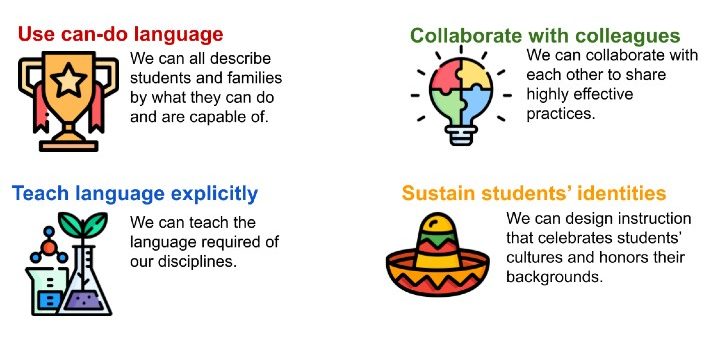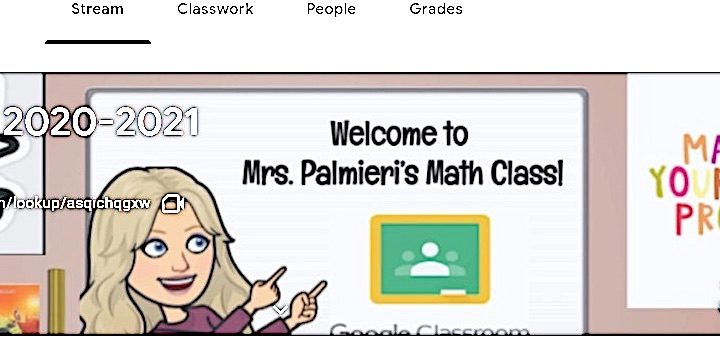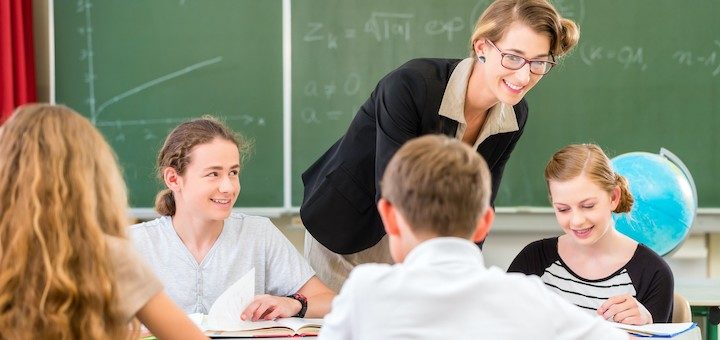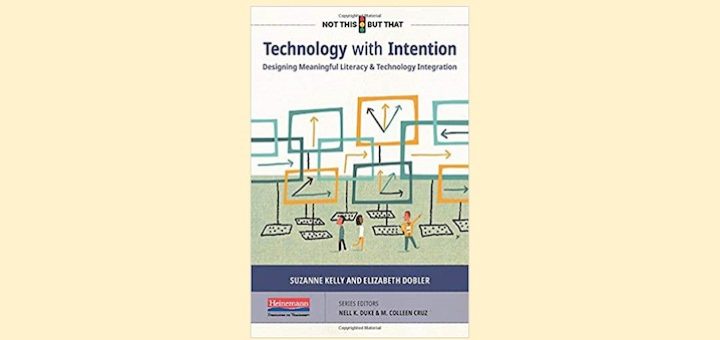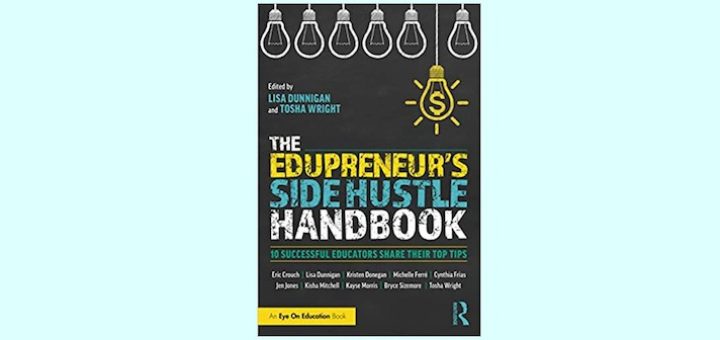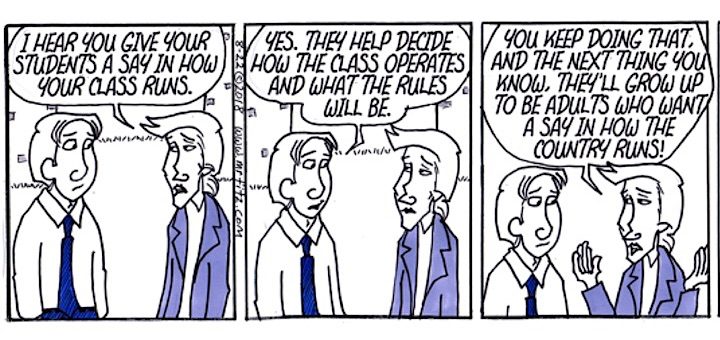Teaching and learning in grades 4-8
What factor has the greatest positive impact on student achievement? Collective teacher efficacy, says John Hattie. To foster CET around multilinguals (MLs) use can-do language, collaborate, teach language explicitly, and incorporate asset-based practices, writes Tan Huynh.
Want to keep content from last year’s digital classes while at the same time close down your prior students’ access? Follow along as NBCT Kathleen Palmieri shows how she’s organizing her files and folders to prep a fresh Google Classroom space as the new school year begins.
Great lesson. Weak response. When it comes to full participation, middle schoolers are a tough audience. The solution is in our hands, says teacher educator Curtis Chandler, who shares strategies from research and many hours observing in the classrooms of effective teachers.
Suzanne Kelly and Elizabeth Dobler help us understand that technology, when used with intention, can help teachers augment instruction without letting it dictate what we do.They offer many tools and ideas to guide decision making as we integrate tech into our lesson plans.
When we are passionate and persistent advocates for middle graders and get them aboard the invisible elevator of agency, we can help them reach levels they once thought unachievable – and show the world what young adolescents can achieve, says middle school principal Dru Tomlin.
Kelly Owens saw that polished texts didn’t model the struggles writers go through. “It was like showing kids an elite Olympian’s performance and asking them to replicate it.” With her ‘Draft Along’ activity, students now experience the wrinkly reality of the writing process.
What does instructional rigor look like in the middle school classroom? Teaching consultant and bestselling author Barbara Blackburn offers examples of lessons that reach for the top of Bloom’s and DoK – in social studies, math, electives, the arts, English/ELA, and science.
In The Edupreneur’s Side Hustle Handbook Lisa Dunnigan, Tosha Wright and eight other educators relate how they’ve followed their passions, traveled a more challenging path, and developed profitable side gigs with success. Laura Von Staden recommends this easy-to-use book.
Award-winning social studies teacher Ron Litz shares some of the ways he makes student voice a top priority in his history classroom – using teaching strategies that focus on engaging students with the past and allow them to demonstrate their learning in a variety of formats.
“My collaborative approach to discipline may sound too good to be true. But it’s still working, eight years into the experiment,” writes David Finkle. “Some classes respond immediately; some need time to adjust to the paradigm shift. But in the end, it nearly always works.”

